The Fuse marks Formlab’s first foray into selective laser sintering (SLS) technology, a method that produces finely detailed and strong prints used for both functional prototypes and final products.
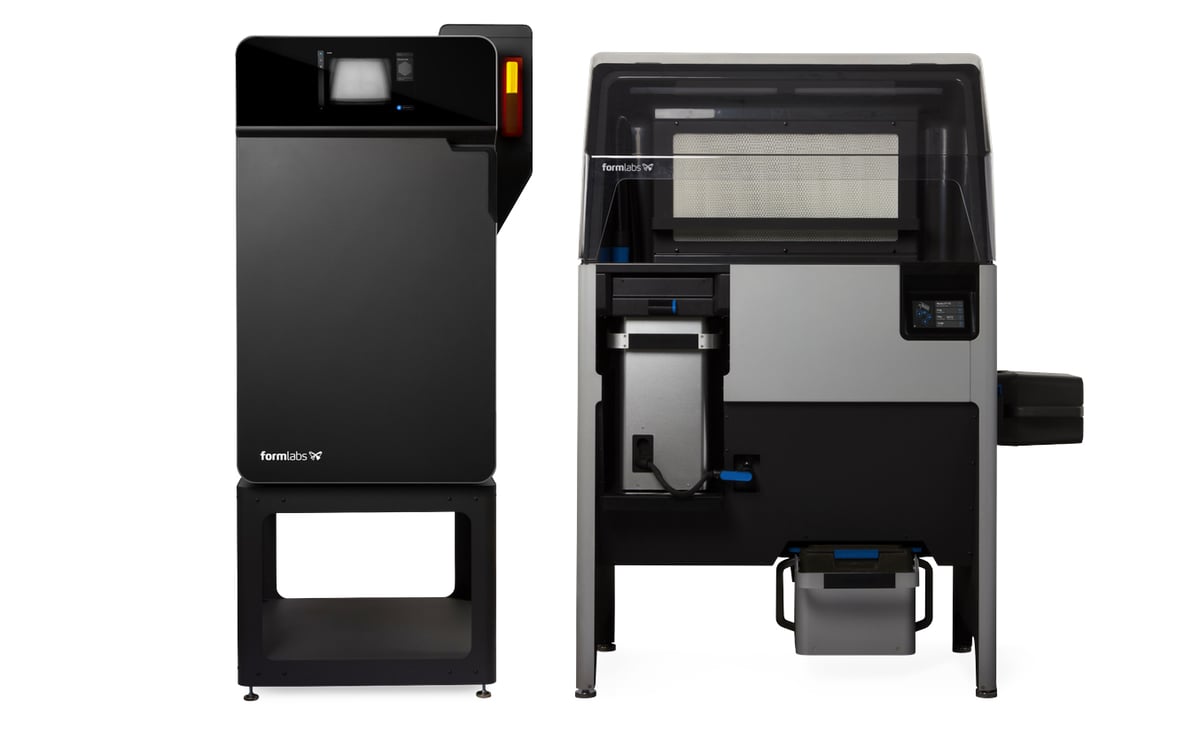
With this hardware, the American company, which is already a market leader in resin 3D printers for consumers and business users, aims to make next-generation digital manufacturing more accessible and enable mass customization through industrial-grade 3D printing.
“When we launched the world’s first desktop stereolithography 3D printer in 2012, Formlabs created new possibilities for designers and engineers to create physical products by giving them access to professional 3D printing technology that had historically been unavailable,” says Max Lobovsky, CEO of Formlabs.
Not long after the Fuse debut in 2021, Formlabs followed up with an upgraded version in 2022 that’s twice as fast. The Fuse 1+ 30W is reengineered put SLS technology within reach of more small and mid-size businesses. The new upgrades don’t make every print situation twice as fast, but tripling the power of the laser, upgrading the material handling mechanisms, and boosting the ability to tightly pack parts into a single print job, boosts your overall productivity, Formlabs promises.
At a fraction of the cost of most SLS machines on the market, the Fuse is quickly becoming a favorite of small manufacturers, automakers, and shop floors of all varieties for its ability to produce lightweight rigid nylon parts strong enough to withstand repeated impact, making it ideal for replacement and spare alternatives to metal parts, high-impact equipment, factory tools, and functional prototypes.
Tech Specs & Price
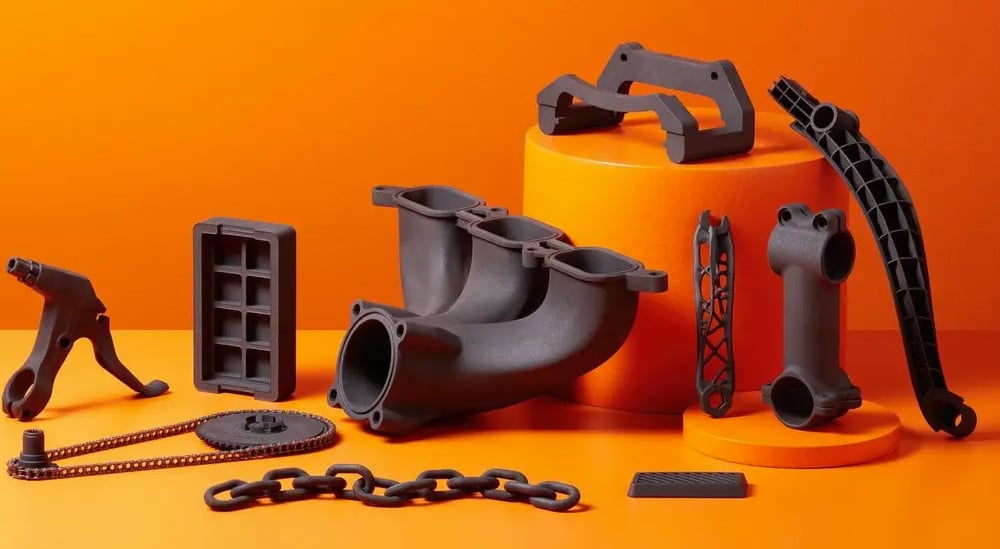
Twice as Fast?
Whether printing a single prototype or running the printer non-stop for part and tool production, speed is a top priority in any industry. To reduce overall print time, Formlabs added a more powerful laser (30 Watt from a previous 10 Watt) and an updated laser scanning system with scan speeds of up to 12.5 meters per second. There’s also an upgraded packing algorithm so you can print multiple design versions in one job instead of several jobs.
In the example below, Formlabs says the Fuse 1+ 30W can complete a packed print bed of parts in half the time it took the previous Fuse 1 version. Printing more than 100 shaft couplings in 32 hours is not fast by industrial SLS standards but for a more affordable benchtop machine, it speaks for itself when compared to ordering from a factory overseas or even across town.
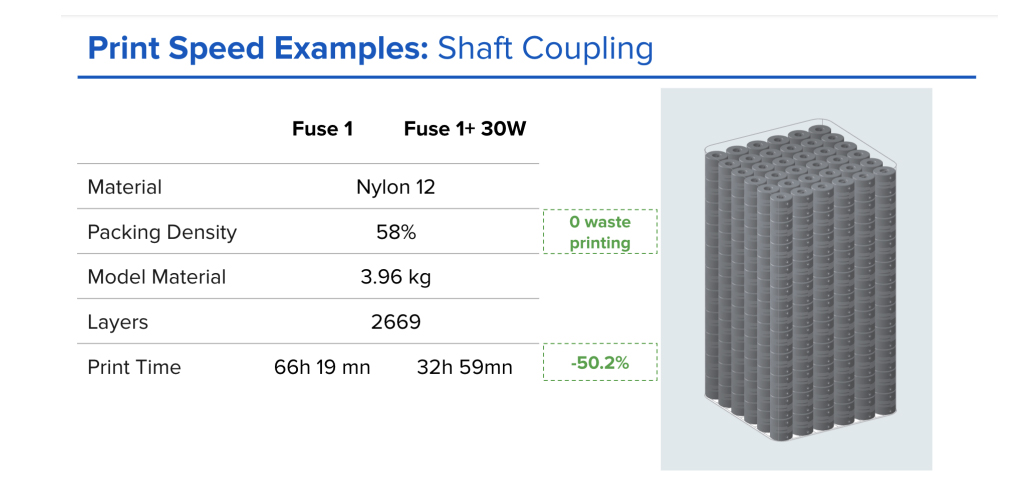
Fuse 1+ 30W features include:
- A 30-watt laser (Fuse 1 had a 10-watt laser)
- Scan speeds up to 12.5 meters per second
- New Nylon 11CF (carbon fiber) powder option
- Optional nitrogen supply to boost print quality, powder recyclability
- Lower-waste printing due to high packing density, powder recyclability
- New powder hopper agitator for smooth material delivery
“Large manufacturers that might already ues SLS 3D printing can decentralize their 3D printing operation without duplicating the cost of their traditional SLS systems, giving more engineers, designers, and technicians access to industrial quality SLS. With that broader access, new applications in replacement parts, fixtures, jigs, tooling, and more are made possible across the company,” Formlabs says.
Formlabs Fuse 1+ 30W Tech Specs
- Print Engine: Selective Laser Sintering
- Build Volume: 165 × 165 × 300 mm
- Price: $27,500
- Laser: Ytterbium Fiber 30W
- Layer Thickness: 110 microns
- Material Refresh Rate: 30% (new material)
- Startup Time: 60 minutes
- Connectivity: Ethernet, Wi-Fi, USB 2.0
- Printer Dimensions: 64.5 × 68.5 × 107 cm
- Weight: 120 kg (without build chamber or powder)
- Power Requirements: 230 VAC EU, 7.5 A; 120 VAC US, 15 A
- Print Preparation: PreForm Desktop Software
- File Type: STL or OBJ, FORM file output
- Price: $35,000 (with Fuse Sift: $48,000)


Formlabs SLS Materials
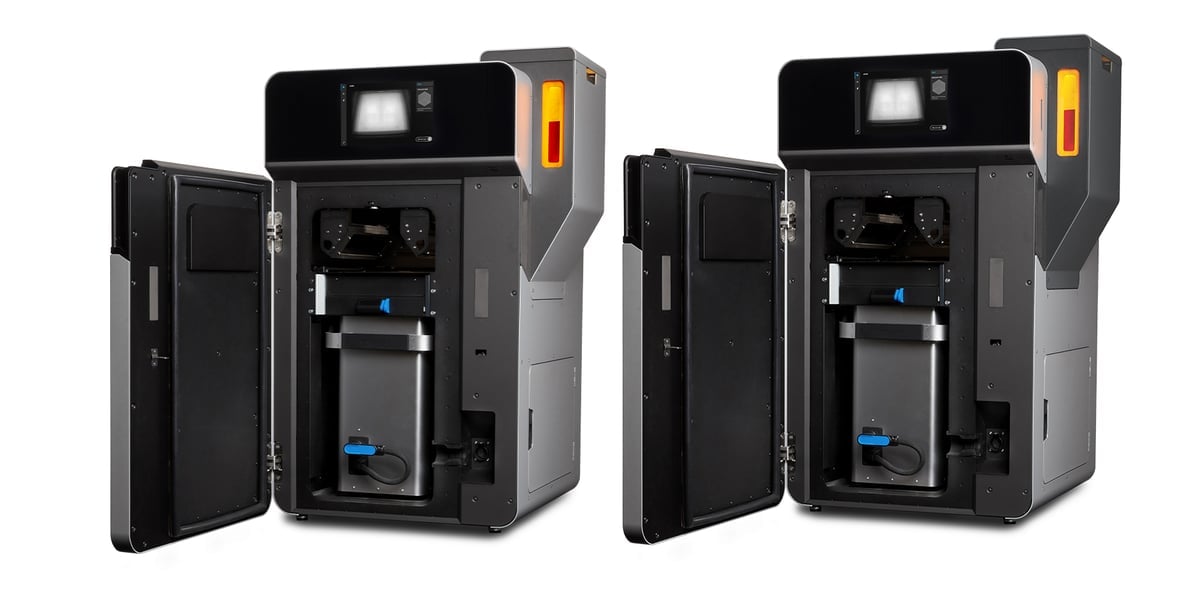
The Fuse 1 updates make it possible to manage an industrial material like Nylon 11 infused with carbon fiber. You’re limited to using Formlabs materials but proprietary formulations of Nylon powder are common throughout the additive manufacturing industry. Printer manufacturers fine-tuned the material to their machines, and Formlabs is no different.
The Fuse 1+ 30W is compatible with:
- Nylon 12
- Nylon 12 GF (glassed filled)
- Nylon 11
- Nylon 11CF (carbon-fiber filled)
Formlabs says the Fuse 1+ 30W integrates two new features that unlock more advanced powder possibilities. A new optional nitrogen purge feature creates an inert gas environment during the print process, eliminating unwanted oxygen from the sintering environment. When printed in this inert environment, parts exhibit less brittleness and better ductility, enhancing their suitability as end-use components, especially in rugged environments such as automotive or aerospace.
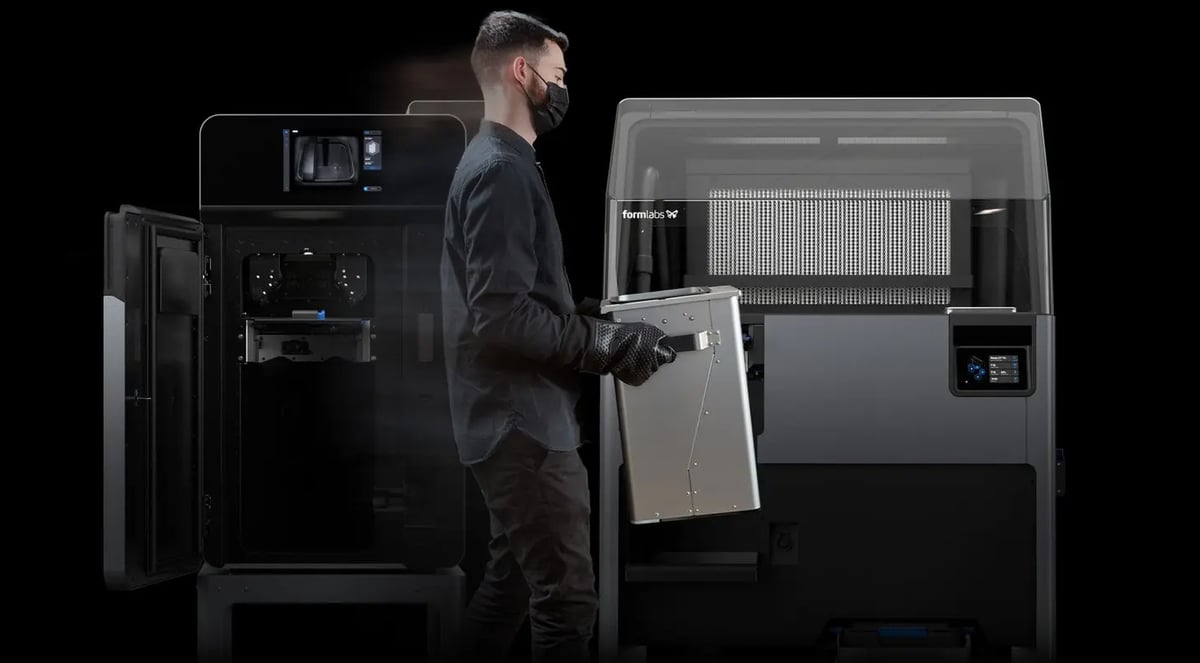
Formlabs isn’t offering a compatible nitrogen generator since they are widely available on the market, but it does recommend some models, such as the Holtec HSS-7. The nitrogen purge also enables a more efficient sintering process for Nylon 11 powder and Nylon 11 CF powder by better preserving unsintered powder from oxidation, allowing users to reuse more of it in the next printing cycle. This leads to higher powder recyclability, and when combined with an optimal packing density, Formlabs says they can create a zero-waste printing workflow. Without the nitrogen purge, Nylon 11 and Nylon 11 CF Powders have a 50% refresh rate, meaning 50% recycled and 50% fresh powder must be used to create each new cartridge. With nitrogen purge, this improves to 30% with both materials.
Formlabs Nylon 11 CF powder requires a more sophisticated powder handling system to ensure powder flow during the printing process. The Fuse 1+ 30W engineering team designed a solution that includes a new agitator within the powder hopper to create a consistent, smooth delivery of material into the build chamber and opening up possibilities for future high-performance materials.
What Exactly is Surface Armor?
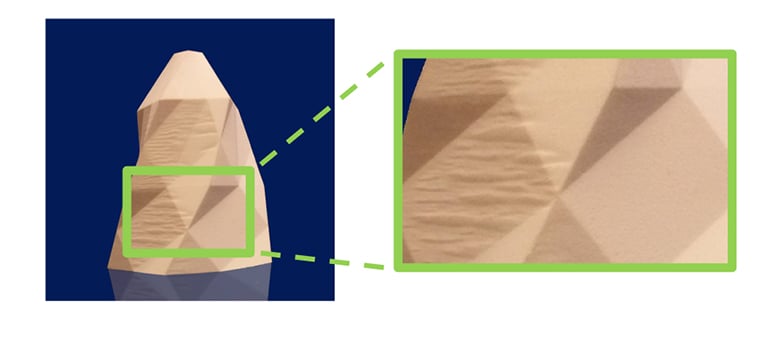
When the specs of the Fuse 1 first crossed our desk, one of the features that really piqued our interest was the Surface Armor technology touted as a way to improved surface finish and reliability, so we sat down with Formlabs’ Engineering Program Manager, Seth Berg to have him explain it.
Q. What is Surface Armor and what does it do?
“A common problem in SLS printing what some people call ‘orange peel’ – internally we call it ‘birch bark’. It’s a surface finish print artefact where smooth and flat surfaces look rough and bumpy often registering with layers. For example, you’ll have bumps along a surface that’s printed up and down.
“This problem plagued us for years over the course of developing the Fuse 1 and we’ve seen this artefact on prints from other SLS printers. What is essentially happening is that the vary edges of the layer that you’re printing are experiencing a thermal gradient between the sintered area and the unsintered area and they tend to shrink. Over many layers this causes a bumpy artefact.
“What we developed, and what we’re calling Surface Armor, is a strategy for semi-sintering a thin shell around the outside of parts. The user will never see this but it’s sort of creating a more rigid region of semi-sintered powder around the part that prevents those layer edges from curling a tiny bit at the edges.
“It took a while to develop this and really tune it to work correctly. This is really a stunning advancement in the quality of our parts. It enabled us to suddenly print geometries that had previously been hard at the edges of the bed and things that we would have had a lot of trouble printing before. All of them now work, and that was really exciting to me because it gives users the ability to print a wider array of geometries in more parts of the bed with a much higher rate of success.”
Q. How does the Fuse 1 actually achieve this edge sintering?
“We figure out where all of the edges of your part are and we control the speed and the power of the laser to produce a greater overall amount of energy deposited. So by varying the overall amount of energy deposited through speed and laser power, we’re able to deposit more or less so that there’s more energy deposited in the areas of the part that are fully sintered and less in this surface armor region.”
Q. How did people address this orange peel issue in the past?
“People could have been printing in less area than (the full printer print volume) just so they didn’t have this effect. We used to do this ourselves when printers were less reliable. And, my understanding is that some other offerings recommend printing in certain areas if you can first. For example, they’ll say, ‘Put the part in the middle first then fill in the areas toward the edge.’ So I do think that that’s a common work flow.
“So placing parts in areas of the bed where you know they would be successful, and also, printing hotter than you would like is how this issue used to be addressed. If you print hotter, this effect goes away, but your material properties suffer and your cake gets harder, which makes post processing harder.
“Surface armor enables us to expand the temperature process window, which makes the prints more reliable and it also makes the cake easier to remove.”
Q. While we had Seth on the line, we couldn’t help but ask about the laser. Why a fiber laser and not, like all other desktop SLS machines, a diode or a CO2 laser?
“CO2 lasers are expensive and less reliable and they also necessitate using more expensive materials in the optical path, but they’re more powerful and they are absorbed by materials of different colors. You’ll see that the Fuse 1 uses a grey powder while some traditional machines use white powders. Our laser is not well absorbed with white powder materials but CO2 lasers are.
“The tradeoff came down to lifetime reliability and cost. Our goal is to make SLS printers accessible and that means bringing the cost down and we were able to do that considerably by using this technology of laser. We did experiment with diodes and CO2 lasers and we found the fiber laser to be a good middle ground between power, reliability, and cost.”
Formlabs' Nylon 12 for the Fuse 1+ 30W
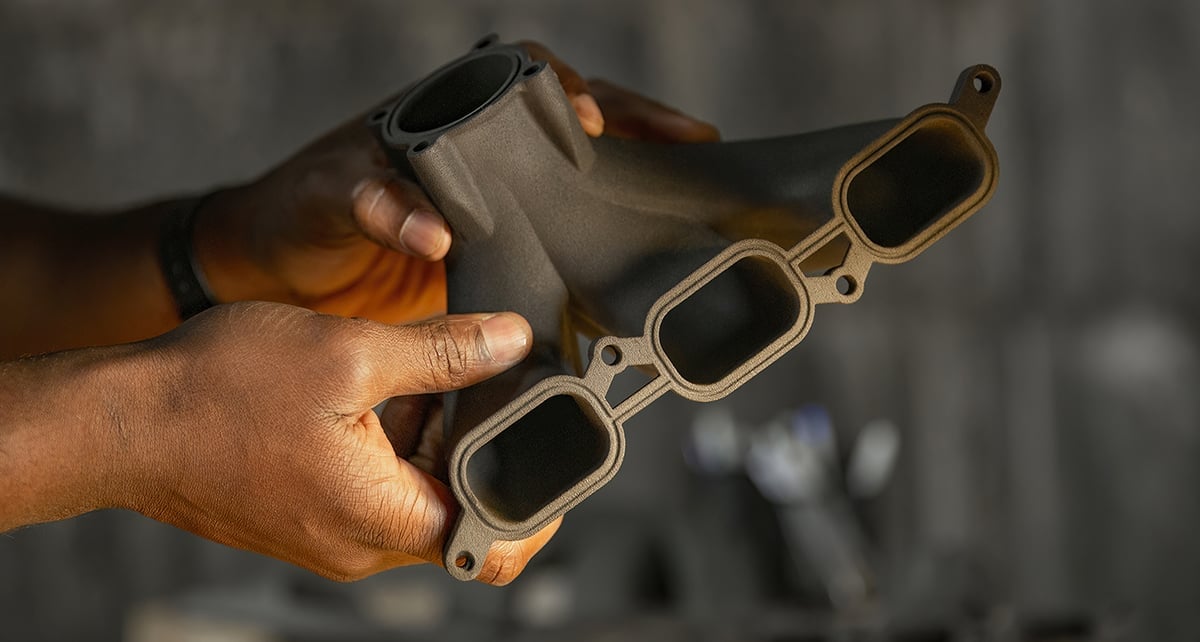
If you’re used to the dozens of resins available for Formlabs’ other printers, you may think the single material option on the Fuse 1 is limiting. Here’s why it’s not.
Nylon 12 powder (also known as PA 12) is currently the only polymer available for the Fuse 1 but it is one of the most versatile additive manufacturing material out there.
What is Nylon 12?
Nylons, of which there are several, are a common class of plastics that have been around for nearly 100 years. Nylon 12 is a polymer made from organic monomers that each have 12 carbons, hence the name.
Nylon 12 is easy to work with because its melting point is very low, yet it produces impressive mechanical properties in 3D prints, such as high hardness, tensile strength, and strong resistance to abrasion. The material is also chemical resistant, dimensionally stability, and not prone to stress cracking, all of which lead to a huge range of applications.
Nylon 12 is a highly capable material for both functional prototyping and end-use production of complex assemblies and durable parts with high environmental stability. It has long been used by injection molders because of its mechanical properties and today is used in filament form for FDM printers, and in powder form for SLS, binder jetting, and multi-jet fusion.
Formlabs’ Own Nylon 12
Proprietary formulations of nylon 12 are common throughout the additive manufacturing industry. Several printer manufacturers have fine-tuned the material to their machines, and Formlabs is no different.
In fact, the Fuse 1 is not an open material printer, so Formlabs nylon 12 is your only option. Even though there’s no Open Mode on the Fuse 1, the company will be developing a range of materials to broaden the capabilities of the Fuse 1 platform.
“We put extensive work and engineering into a unique printer with unique powder to achieve industrial part quality at a fraction of the cost of competitor machines,” says Formlabs.
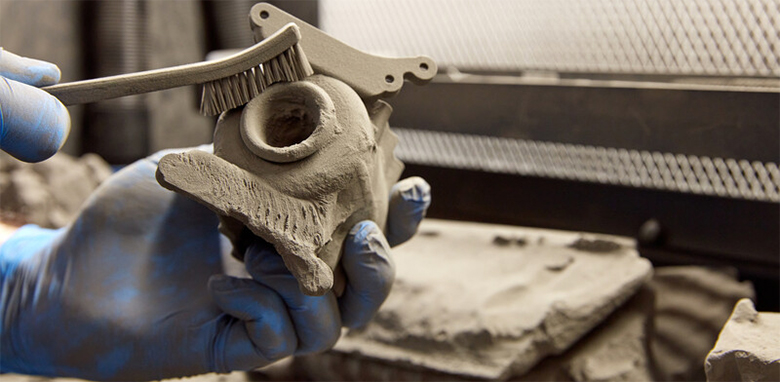
Formlabs Nylon 12 FAQs
Q. Is Formlabs’ nylon 12 biocompatible? Yes, in general, parts printed using nylon 12 powder are biocompatible, and Formlabs conducted a number of biocompatibility tests that you can review in their Technical Data Sheet.
Q. What post-processing is recommended for Nylon 12 prints? The Fuse 1 ecosystem includes a complete post-processing station called the Fuse Sift, which combines part extraction, powder recovery, storage, and mixing in a single free-standing device. Formlabs recommends the use of additional post-processing steps to eliminate graininess on the parts and improve surface finish. Any media blasting cabinet that uses compressed air and an abrasive media like silicon carbide that is large enough to encompass the entire Fuse 1 build volume will suffice.
Fuse 1 parts may be spray painted, lacquered, electroplated, and coated to achieve different colors, finishes, and properties, for example, watertightness and conductivity. Formlabs nylon 12 parts are already dark in color, so they are not ideal for dyeing.
Q. Is working with nylon 12 powder dangerous? Formlabs provides a 10-page data sheet on the material safe handling and storage. You’ll also receive safety training from your reseller. In general, operators should use N95 or better particulate filtering respirators, disposable nitrile gloves, shatter-proof safety goggles with peripheral protection.
The Fuse 1 is best suited for a workshop or machine shop setting, though it can be used in an office environment. If you have a large open office environment with consistent housekeeping practices, it should be fine to install the Fuse 1 and Fuse Sift there, Formlabs says. The Fuse Sift should be kept 10+ meters away from people’s desks. When in doubt, Formlabs recommend completing your own air quality assessment to fulfill your target requirements.
Q. What is “refresh rate” for nylon materials? Refresh rate refers to the ability of an SLS 3D printer to print with a mix of new and recycled powder, minimizing material waste and optimizing cost per part. The powder refresh rate is the minimum fraction of fresh powder required to print. The Fuse consistently produces high-quality prints using a refresh rate of 30% to 50% for nylon 12 powder. This means you can print with up to 70% reclaimed powder.
In extensive internal and external testing, Formlabs found no degradation in quality, even after dozens of print cycles. “Combined with the high print densities possible on Fuse, current customers are seeing zero waste, and sometimes even consuming all their used powder on a regular basis.”
In addition to a competitive refresh rate, the Fuse Sift powder recovery station makes it easy to recycle powder. Just set the desired refresh rate on the touchscreen and Fuse Sift’s sieve will automatically filter out particles to be remixed with new powder and reused in future prints.
Development of the Formlabs Fuse
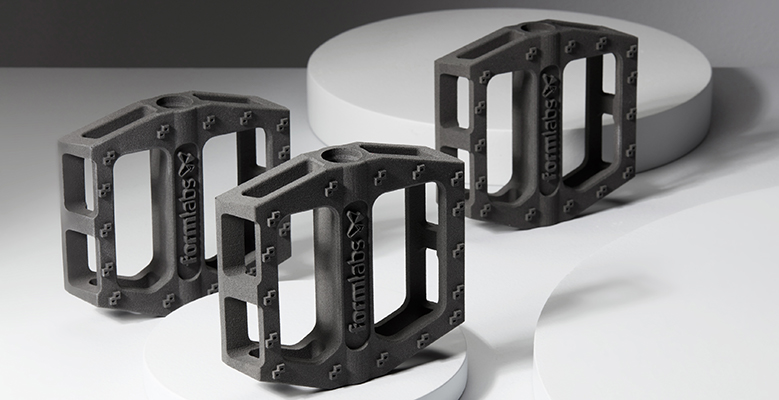
Back in 2017, All3DP had the opportunity to talk about the Fuse 1 development process with the lead engineer at the time, Eduardo Torrealba.
Q: Would you say that your system can do everything that the big machines can do? What separates the Fuse 1 from other SLS printers?
Well, our system can do the same materials, offering the same material properties and the same level of detail for the parts. We have a smaller build volume, so that’s certainly a difference, and we also have to do dark materials for now, and that is a limitation on color. So, if you wanted to do brightly colored parts that you dye afterwards or pristine white parts, the Fuse 1 can’t do that right now, but I think the tradeoffs are worth it for the quality of the parts that you get at the price point.
It’s the same Nylon 12 that you would print on any industrial SLS printer. It’s just been colored black through one of our material development partners that we’re working with in order to work with the wavelength of the laser.
Q: A big thing with the Form 1 and 2 was the design, the simplicity of having the one button. Does that same design theory come into play with the Fuse 1 as well?
Yeah, we have the same industrial design team that worked on the Form 1 and Form 2 working on the Fuse 1, so it’s a constant thread throughout all of our products. Our goal is to increase the accessibility of 3D printing. The main thing we’ve done as a company is take SLA printing from the workshop and put it on the desktop, and now we’re trying to take SLS printing from a dedicated room and put it in your workshop, and we think that simplicity is required all the way through.
A key part of simplicity is actually reliability; it doesn’t matter if the machine is easy to start if it fails every time you start it, or if it fails half the time you start it. You need it to deliver parts. So, that’s the thing that we’re really focused on right now, is making sure that you will get the same reliability from the Fuse 1 that you expect from the Form 2.
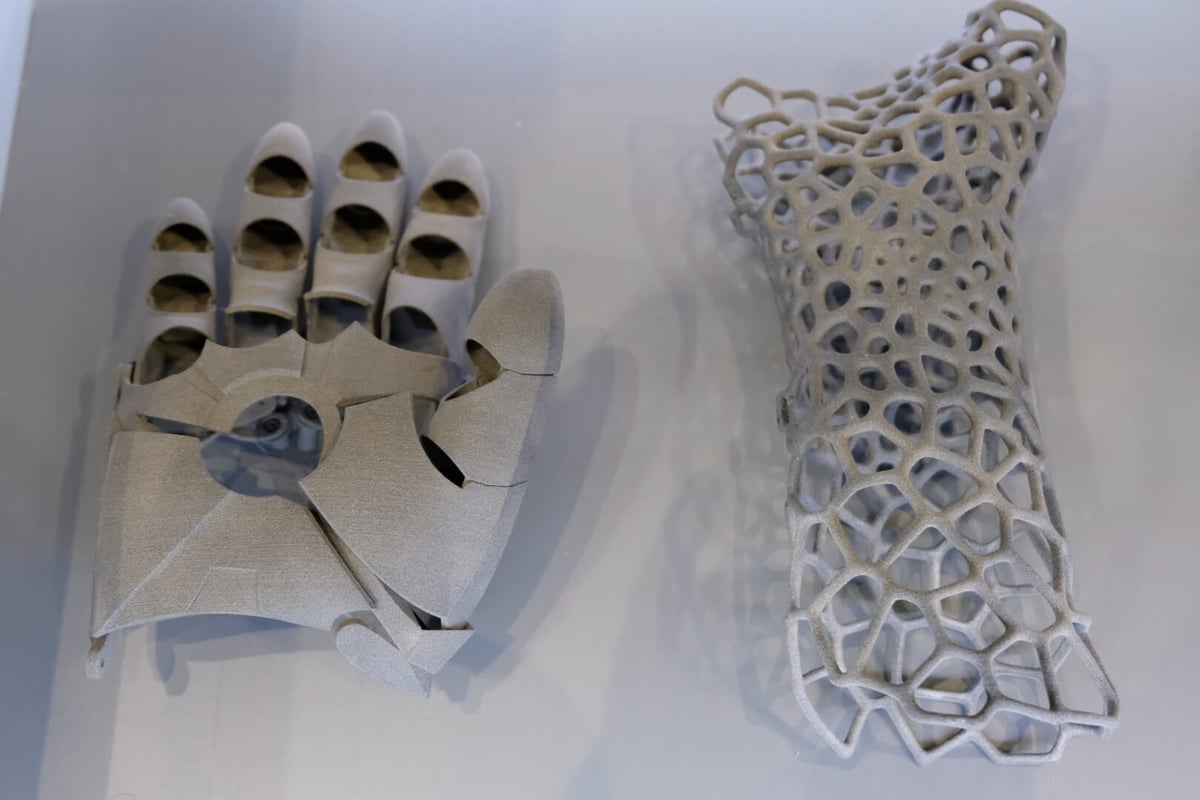
Q: The Fuse 1 comes with just one material at the moment, correct?
That’s right. We’re currently launching with Nylon 12 (which is still the case in 2021). Right now, roughly 90 to 95 percent of all parts printed with SLS are printed with Nylon 12, so we’re trying to match that level of material performance, and then the goal is to expand our materials portfolio the same way we’ve done it with stereolithography.
In the past four to five years, we’ve rolled out resins that are on par or better than corresponding resins from traditional SLA printing, and with SLS printing, our goal is to do the same thing with other materials. We’re already talking about Nylon 11 as a follow-up material, and then we’re evaluating a wide range of materials to introduce into the product line.
Q: What is the target market that you’re aiming for with the Fuse 1? Do you see yourself broadening your customer range?
You might be surprised to learn that we already have a very broadly scoped business. The vast majority of our users are professionals that are using the Form 2 in some capacity as part of their job. Dentists are making in-use parts, lots of Fortune 500 businesses are printing parts for prototyping – we have printers all over the world in the hands of professional users, and I think the Fuse 1 is no different.
It’ll probably be a subset of those users because while the Form 2 can be used by an individual person in a consulting shop that just needs to buy something to augment their business, the Fuse 1 is more targeted at a small- to medium- to large-sized business.
You probably would be purchasing the Fuse 1 as part of a larger prototyping facility, whereas the Form 2 could be your first 3D printer. So, I think that’s the main difference that we see, but within that, there are already people who are reserving the product, from medical product development to education. Tons of different industries are showing interest in the Fuse 1.
License: The text of "Formlabs Fuse 1+ 30W: All Important Information (Update)" by All3DP Pro is licensed under a Creative Commons Attribution 4.0 International License.
